House Repiping: What Every Homeowner Needs to Know
Most homeowners don’t think about their plumbing until something goes wrong. But when pipes start aging, corroding, or leaking, house repiping can be the smartest move you make for your property.
If your plumbing system is over 50 years old or showing signs of damage, this guide will help you understand what house repiping involves, why it matters, and what to expect from the process.
🛠️ Why and When to Consider House Repiping
The need for house repiping often arises from age or repeated plumbing issues. Older homes built before the 1970s commonly used outdated materials like galvanized steel, which deteriorate over time.
You might need to repipe if you’re experiencing:
-
Discolored or rusty water
-
Frequent leaks
-
Low water pressure
-
Water with an odd taste or smell
Amped Plumbing can help you assess your system and determine whether full house repiping is the right step.
🚨 Warning Signs That Indicate You May Need Repiping
Watch for these signs that your pipes are failing:
-
Banging or knocking noises in the walls
-
Visible corrosion on exposed pipes
-
Water stains on walls or ceilings
-
Mold or mildew growth from hidden leaks
Catching these early signs can prevent extensive damage and make the house repiping process more manageable.
🔧 What Happens During the House Repiping Process
The repiping process begins with an inspection to locate problem areas and plan the pipe layout. Most work is done inside walls, under floors, or in ceilings.
The typical steps include:
-
Turning off your water supply
-
Removing or bypassing old pipes
-
Installing new piping
-
Restoring walls and floors
House repiping usually takes 3–5 days, depending on the size and complexity of the home.
🧱 Common Pipe Materials Used in House Repiping
Modern repiping projects rely on materials built to last. Common choices include:
-
PEX (cross-linked polyethylene): Flexible, affordable, resistant to scale and chlorine
-
Copper: Durable and long-lasting, often used in higher-end applications
Your plumber will help determine the best material for your house repiping needs based on budget, climate, and water quality.
💡 Benefits of House Repiping
The advantages go beyond fixing leaks. Benefits include:
-
Better water pressure
-
Improved water quality
-
Fewer plumbing issues
-
Increased home value
-
Peace of mind for decades to come
It’s an investment in your home’s safety, comfort, and resale appeal.
💰 Cost Considerations
Costs vary based on home size, pipe material, and labor involved. On average, house repiping costs range from $4,000 to $15,000.
Amped Plumbing provides upfront pricing and customized estimates, so there are no surprises.
⏱️ How Long Does it Take?
Most homes can be completed in 3 to 5 days, though larger homes or those with more complex layouts may take longer.
We aim to complete your house repiping with minimal disruption, restoring water service quickly and efficiently.
🏡 Is House Repiping Right for Your Home?
If your home’s plumbing is outdated or unreliable, repiping may be necessary to avoid water damage and improve your system’s overall performance.
Amped Plumbing specializes in full-service plumbing—from assessment to installation. Our experienced team ensures the job is done right the first time.
📞 Call Today to Schedule Your House Consultation
Don’t wait until small leaks become major damage. If you’ve noticed any of the warning signs—or just want peace of mind—reach out today.
👉 Contact Amped Plumbing to learn more about house repiping and schedule your consultation.

